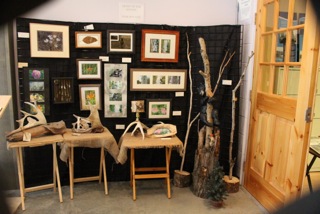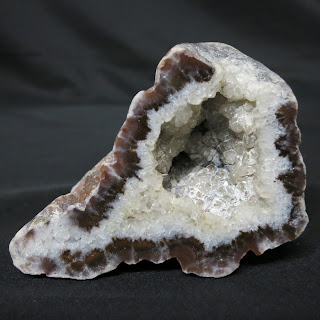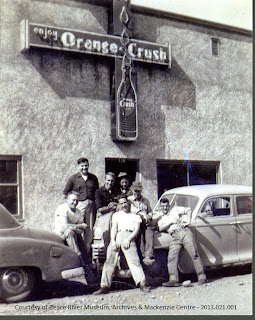|
|
The Broad-winged Hawk is a small bird of prey
about 42 centimetres (17 inches) long. Its most distinguishing feature is its
broadly barred tail. In Alberta, the broad-winged hawk ranges in the parkland
and southern boreal forest regions, preferring mixed-wood forests and groves of
deciduous trees. For food, it likes chipmunks, large insects, mice and
squirrels and when hunting it tends to stay in the confines of the woods. It is
protected by the provincial Wildlife Act and classified as a non-game species.
|
Just when you thought you were out of the woods –
there’s more to explore.
Though it may be uncomfortable for some of us to
think about, fire is nature’s way of recreating. Without fire, organic matter accumulates
and inhibits the growth and establishment of many plant species. Cultural
burning by indigenous people saw fires burned in different locations and times,
which provided important opportunities for renewal and ecological biodiversity
of plants and animals. The problem some of us may have, in this day and age, is
with the Greek god of the northern wind, Boreas. His intervention, on occasion,
has helped spread the fire and endanger life and limb.
This brings us to water, which we use to dissuader the
spread of fire. For this reason and many others, we have a vital relationship
with water – quality and quantity. We all have a responsibility to take care in
what we put into our watershed. It is imperative we protect our natural
resources – soil, water, air, plants, animals and even insects – our watershed,
comprised of the Peace River and its tributaries, which emerged in the wake of
our most recent ice age – 12,000 years ago. In doing so, it created the
largest, in area, water basin in Alberta.
There are other inhabitants of our boreal forest,
which may go unnoticed. Their habit is not to bite or annoy, but instead to
provide all manner of assistance, depending on one’s bent. For some, it’s
medicine, food or a photographic topic. Trees, in the mixed forest, have a
special relationship with certain kinds of soil fungi – which help the tree
collect water and minerals from the soil – did you know soils of the boreal
forest are acidic and because of that, they are not favourable to nitrifying
bacteria.
 |
| The short-eared owl is so named for the tufts of
feathers on top of its head, so small they can only be seen at close range. Its
real ears are hidden under the feathers at the side of its head. It likes open
spaces, such as grasslands and marshes, and hunts primarily during the day
seeking mice and voles. This medium-sized owl winters in warmer climes. |
Some plants adapted ways to acquire nutrients
(particularly nitrogen) from animal protein. These carnivorous plants, such as
the Sarracenia picture plant, have evolved mechanisms to lure their prey into a
pool of digestive enzymes. Once trapped in the liquid, these enzymes in the
insect break down, resulting in the plant acquiring the nutrients.
Come, explore the Museum’s boreal forest exhibit.











































